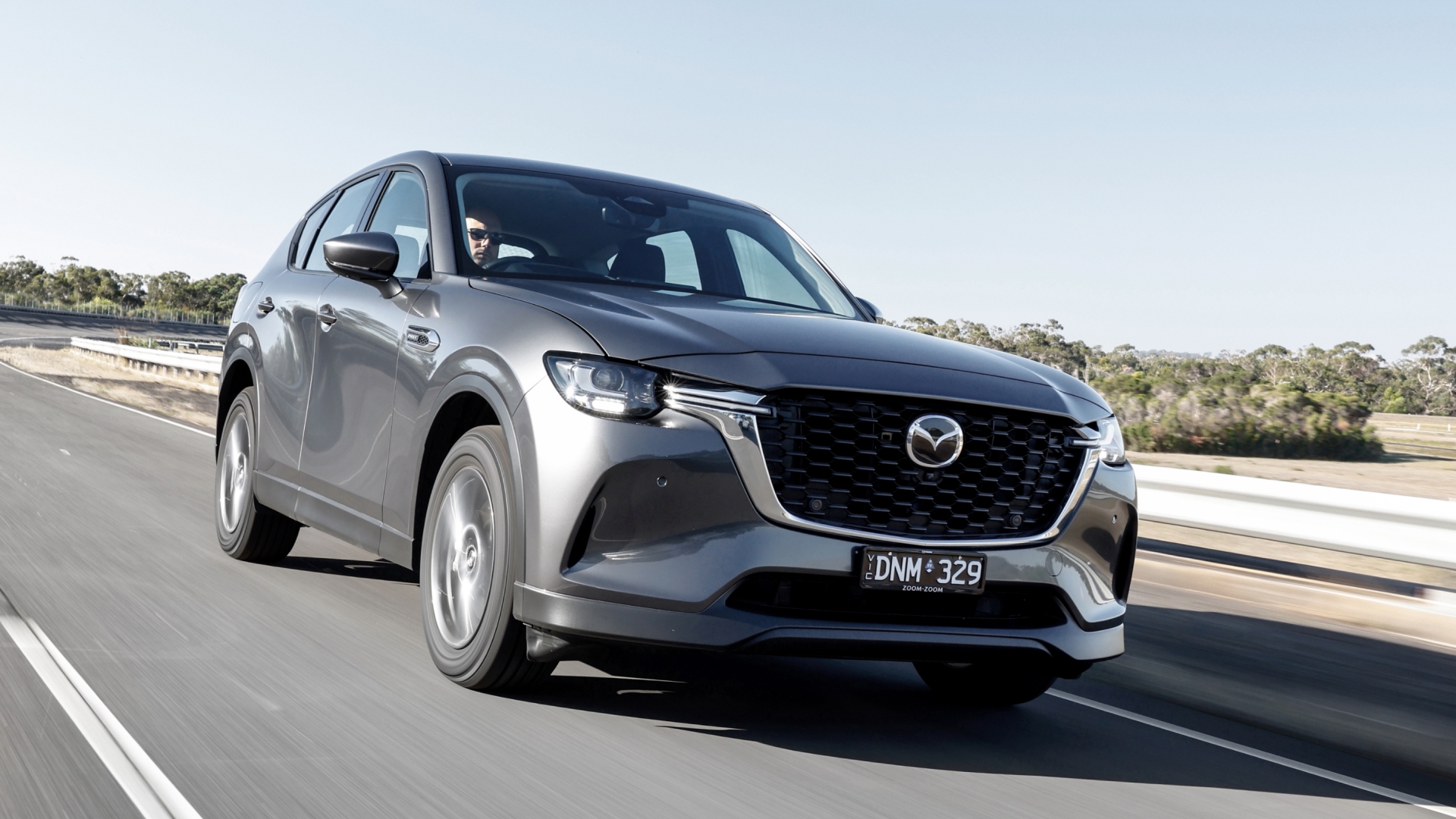
Mazda CX-60
The Complete Guide to the Plug-In Hybrid Electric Vehicle

Mazda CX-60
The Complete Guide to the Plug-In Hybrid Electric Vehicle
What is PHEV and how does it work?
It used to be simple. A small car with a small engine used very little fuel and increasing either the size of the engine or the car would increase fuel consumption accordingly – simply choose the option that best suits your priorities.
The advent of electrification has improved performance and efficiency, but also made the situation a little more complex, especially when it comes to PHEVs, or plug-in hybrid electric vehicles. Whereas pure-electric cars need to always be plugged in and regular hybrids can be driven like a conventional petrol car, PHEVs straddle both worlds, so let’s unpack this technology.

PHEV vs Hybrid: What is the difference?
Like all hybrids, PHEVs combine a regular internal combustion engine with a battery-powered electric motor, but a much larger battery than a standard hybrid allows plug-ins to drive substantial distances on electric power alone.
In the case of the Mazda CX-60, its 17.8kWh battery gives it a claimed electric range of 76km – more than double the average Australian daily commuting distance, though this may vary depending on your driving circumstances. From the Melbourne CBD, this will get you to Healesville in the east, Mount Martha in the south, Ballan in the west and either Woodend or Wallan in the north.
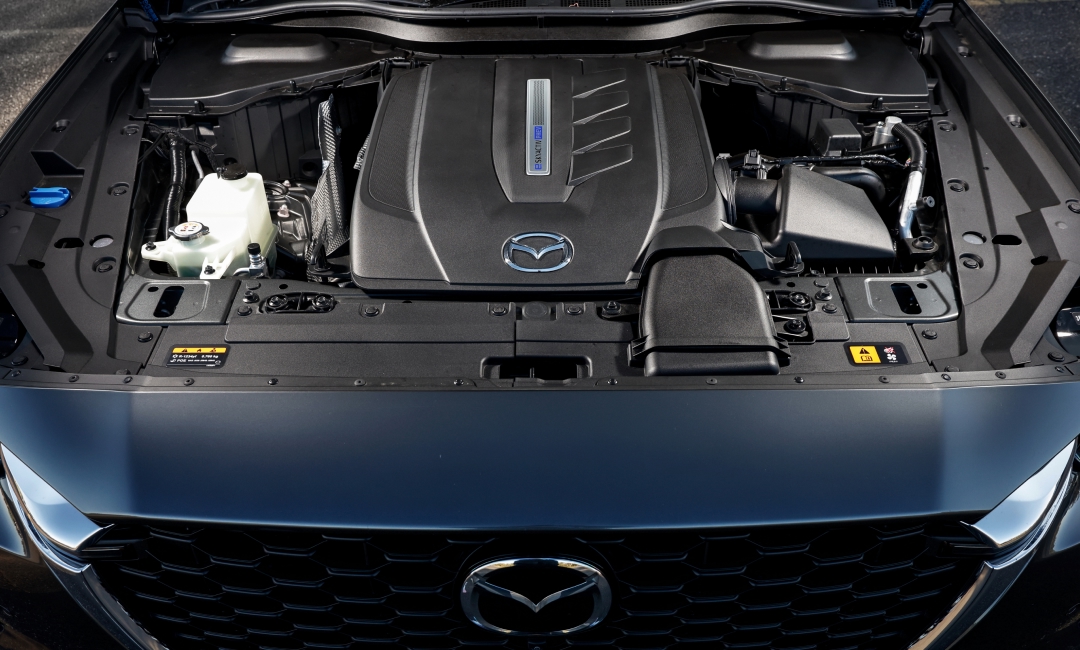
How do you charge a PHEV at Home?
As the name suggests, this larger battery also allows PHEVs to be plugged in and charged, rather than simply relying on the recuperated energy generated by the vehicle slowing down as with a regular hybrid.
The easiest route is to simply plug into a domestic wall socket at home, which will fill the battery from empty in approximately 8.5 hours. Alternatively, install a home wallbox or use a public AC charger and a CX-60 can go from 0-100 per cent in 2.5 hours, or from 20-80 per cent in 90mins.
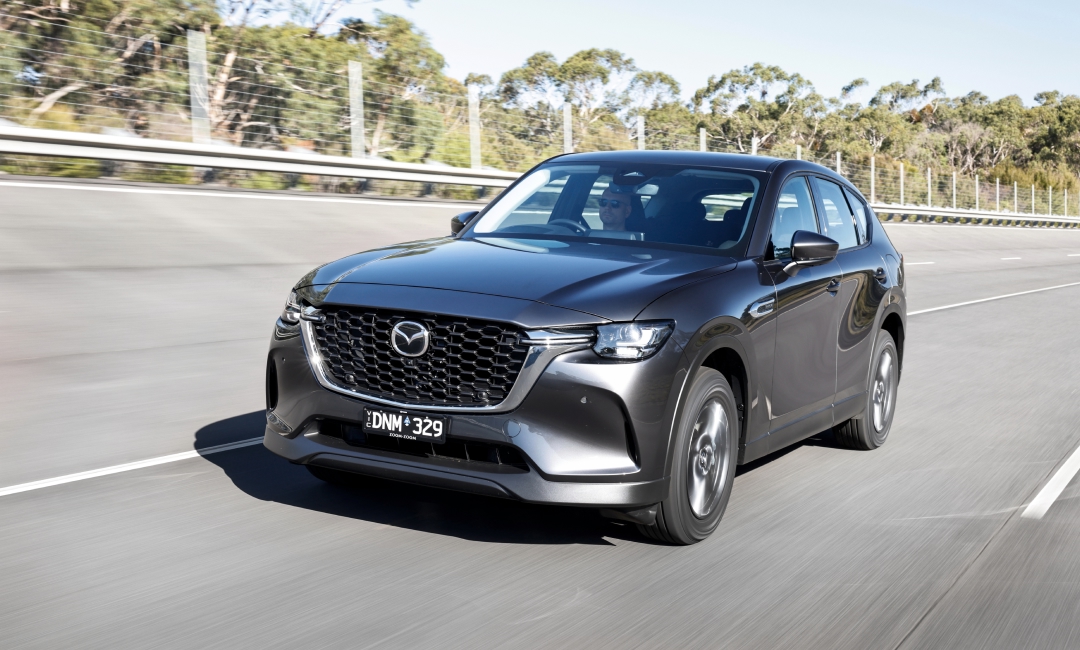
Not only can you plug a PHEV in, but you can plug into it, too. The CX-60 PHEV supports vehicle-to-load (V2L), a fancy way of saying that in addition to the 150-watt AC outlet found in the back of the centre console of all CX-60s, plug-ins score a 1500-watt outlet in the boot.
If this doesn’t sound useful to you, you’ve never had a coffee machine running while the kids are playing footy in arctic conditions or had a fridge full of drinks and icy poles waiting after a session at the beach.
As a practical example of the advantages of a PHEV, if your daily commute is less than 76km, plug in each night (or at work, or both) and you can complete your week’s driving on electricity alone – no fuel required.
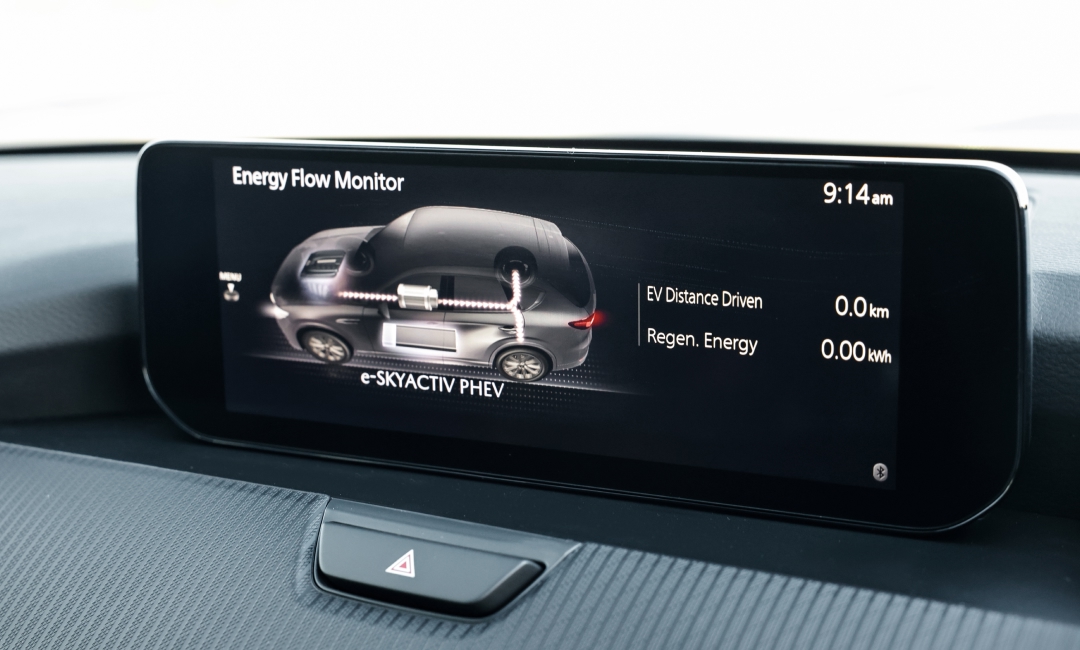
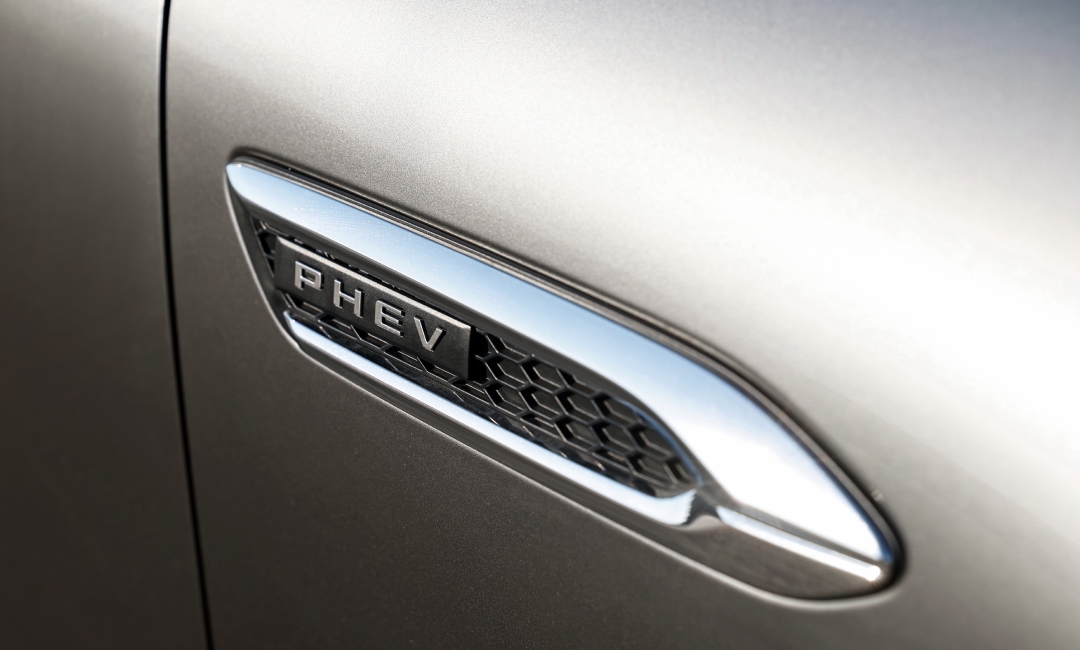
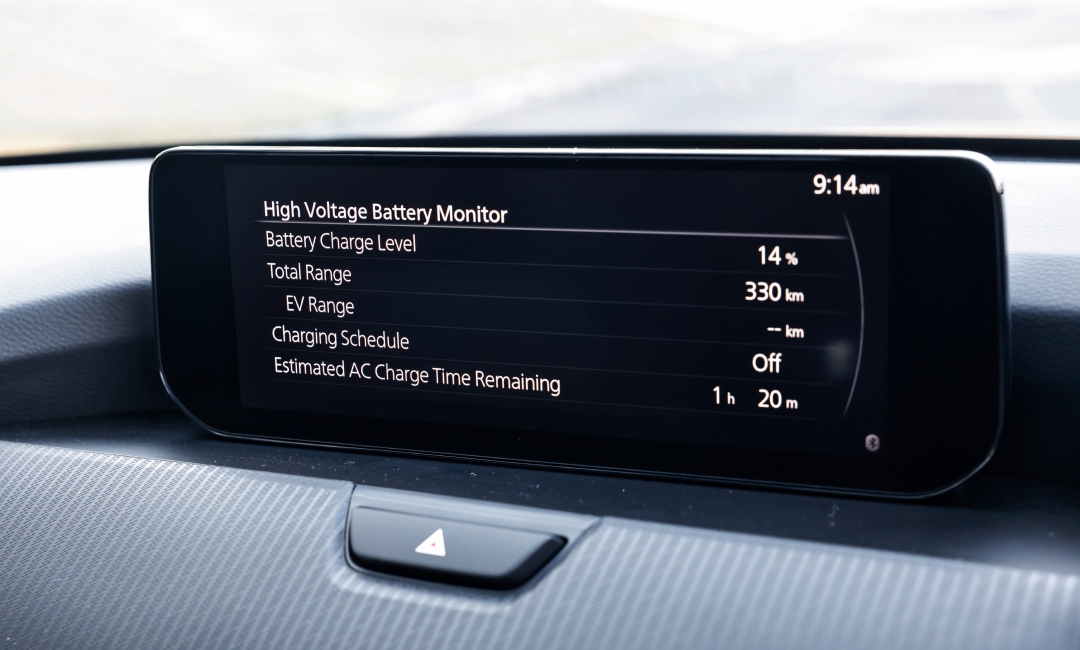
While this use case would be ideal for a pure-electric vehicle, a PHEV gives unlimited flexibility. If you want to then drive to Darwin, you can, as once the battery is depleted, the engine fires up to both power the vehicle and replenish the battery, allowing it to operate more like a conventional hybrid. When the fuel runs out, put more in.
Another PHEV advantage is the ability to switch between the power sources to take advantage of the strengths of each. Internal combustion engines are at their most efficient at higher, constant speeds, while electric motors prefer stop-start use, gaining ‘free’ kilometres by recuperating energy under brakes.
Another practical example: leave home silently (having preset the climate control to your desired temperature via the MyMazda app) and trundle through the streets on electric power; hit the highway, instruct the battery to hold its current charge level at the press of a button and cruise on petrol power alone; once off the highway and into traffic, switch back to electric power. With some familiarity, this process becomes second nature.
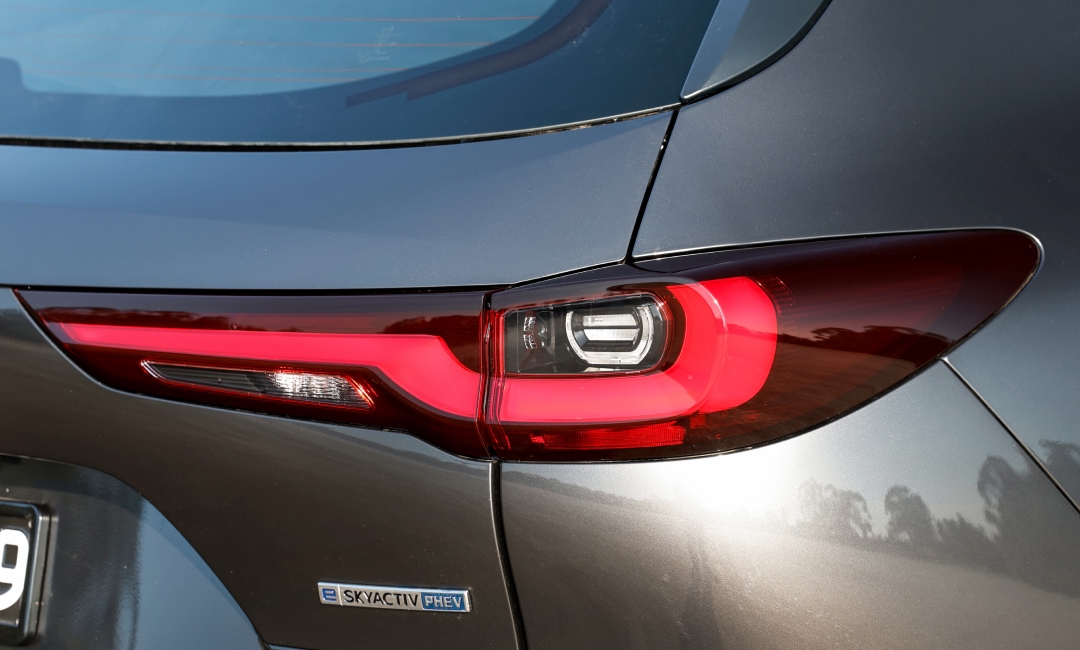
CX-60 PHEV Performance and Fuel-Saving Efficiency
In a rare instance of being able to have your cake and eat it too, the CX-60 PHEV is not only potentially the most efficient of the three powertrains offered with a claimed combined fuel consumption of just 2.1L/100km, it is also the most powerful. A combined 241kW/500Nm from the hybrid system can propel the CX-60 P50e variants from 0-100km/h in just 5.9sec, a 1.0sec improvement over the G40e.
In the interests of balance, it’s important to point out that PHEVs do also have disadvantages. The larger battery pack has a weight penalty, with the CX-60 P50e variants being around 200kg heavier than equivalent G40e petrol, though payload is virtually unaffected and maximum braked towing capacity remains 2500kg.
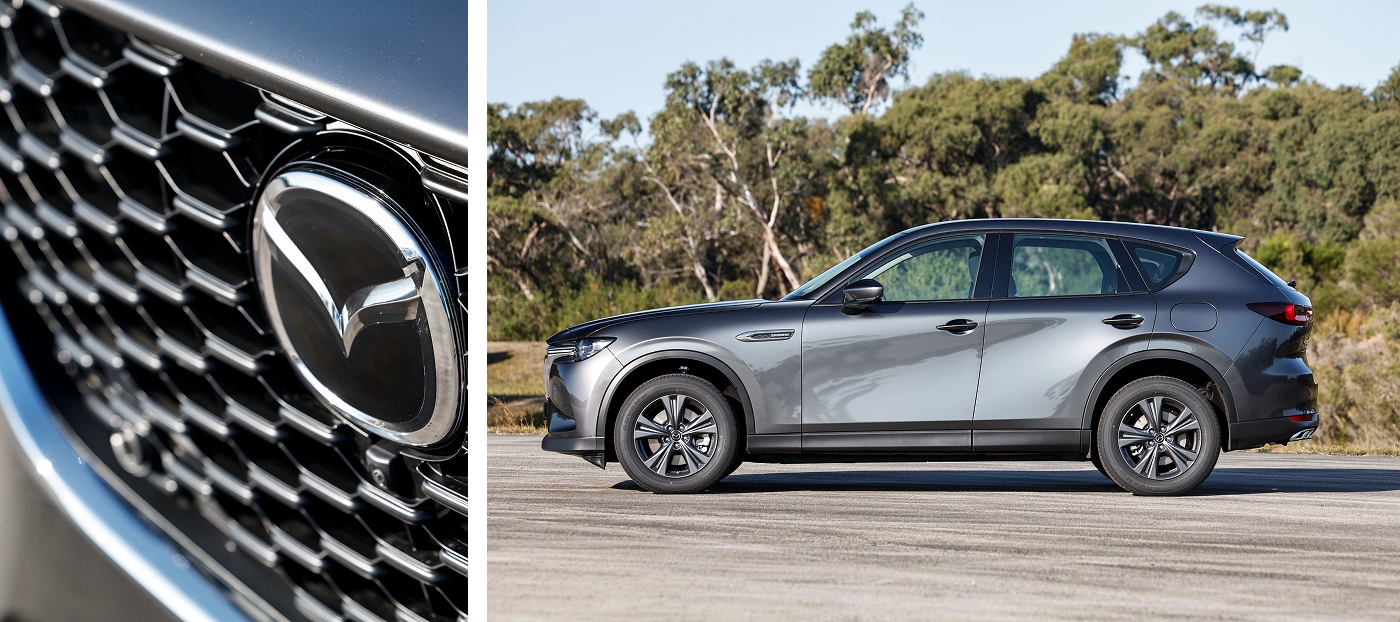
The bigger battery also increases the cost. However, the introduction of the new Pure variant has substantially reduced the entry price to the CX-60 PHEV range.
A plug-in hybrid doesn’t make sense for everyone, but if you have the ability to charge at home, do lots of short trips during the week but still need range flexibility for holidays or weekend getaways, then perhaps the choice is still quite simple after all.
Want to experience the Mazda CX-60 PHEV for yourself? Book a test drive at a Mazda dealership in Australia.